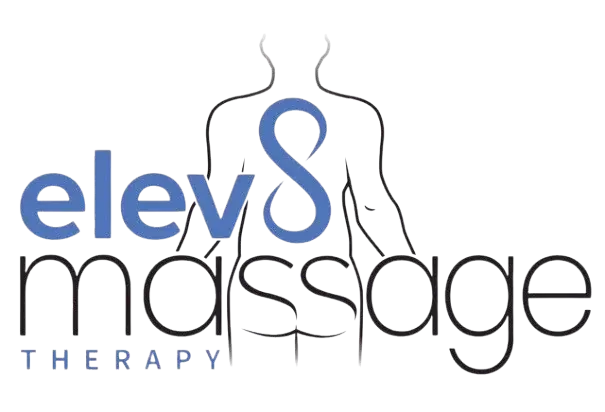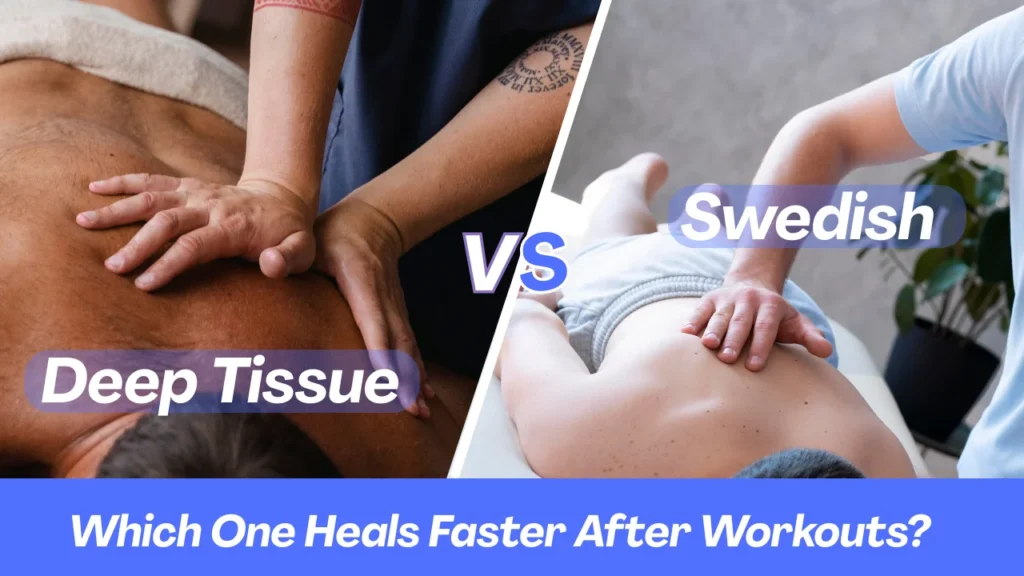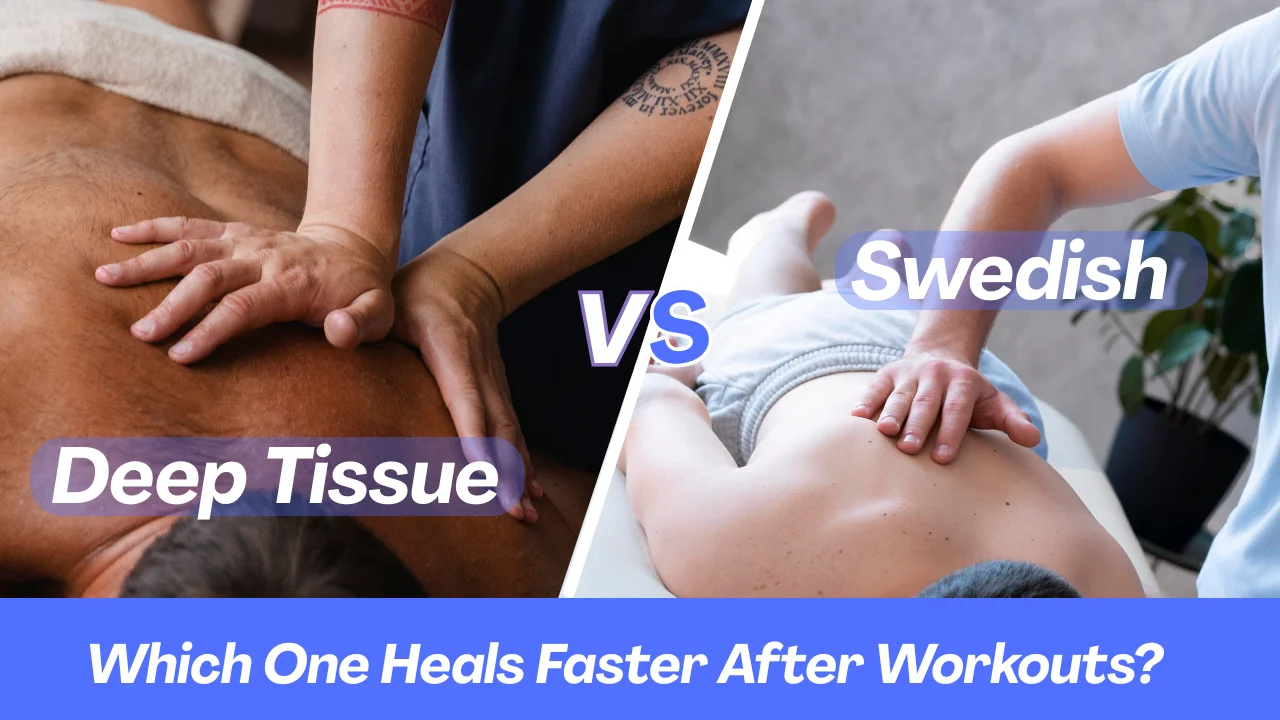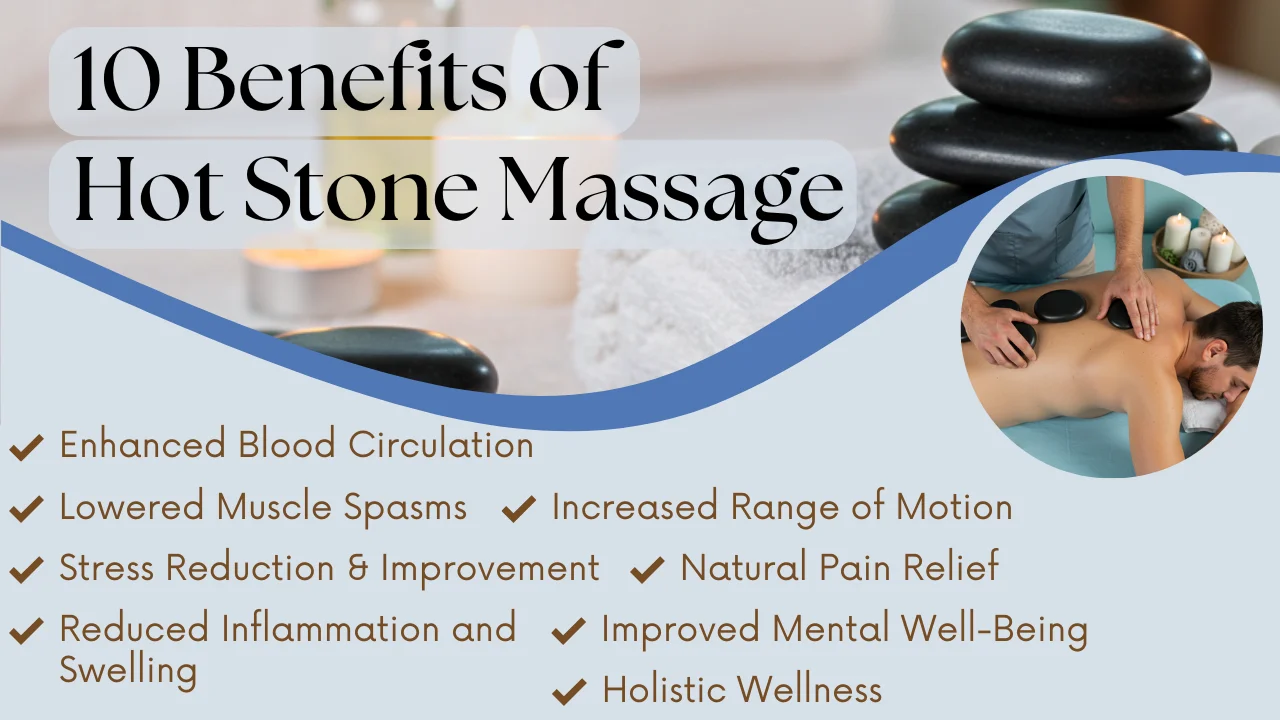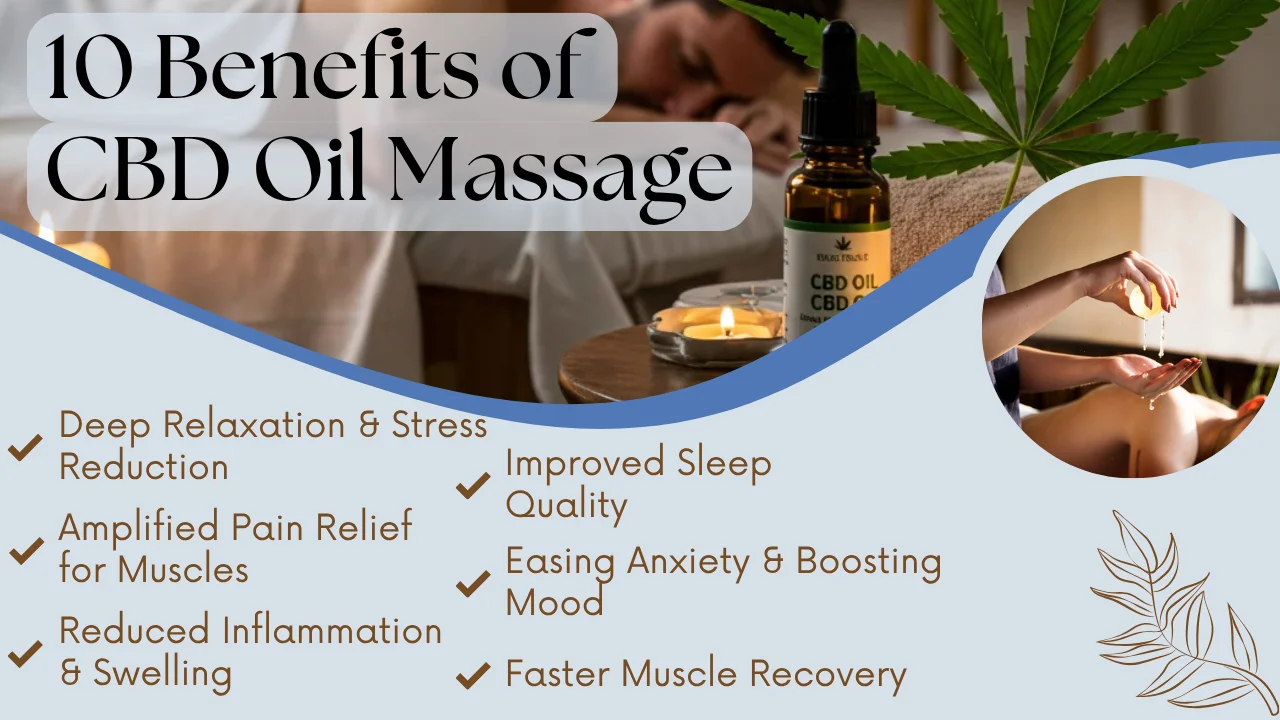Workout recovery is equally important as the workout. If you are a heavy lifter, runner, or just someone who goes to the gym for leisure. Your muscles require appropriate care after they have been worked out. This is the place where the Deep Tissue vs Swedish Massage (deep tissue vs Swedish massage) debate comes in.
Both are two of the most common methods but have different functions. Deep tissue massage concentrates on the reversal of muscle damage and stiffness. Whereas Swedish massage focuses on the release of muscles, circulation, and stress relief. The right way to recover can make a great difference in your recovery time, your comfort, and your capacity for training. Go through each massage technique to understand which one gives you a faster recovery.
Key Difference Between Deep Tissue and Swedish Massage
One of the most significant differences between deep tissue and Swedish massage is that deep tissue massage is more intense and has a therapeutic focus. Deep tissue is done with slow, firm strokes that target the deeper layers of muscles to remove the adhesions, knots, and chronic tension. In fact, it is usually advised for athletes and people who have gotten the pain due to their workout. On the other hand, the techniques used in a Swedish massage are lighter, and the strokes are continuous. Which encourages the inflow of blood, relaxation, and general wellness.
Even though it is of less intensity, it is still helpful for recovery. In simple terms, deep tissue is equated with the past and Swedish massage with the future. Knowing this difference between deep tissue and Swedish massage will lead to the right choice of whether you want relief, relaxation, or flexibility enhancement after your training.
How Swedish vs Deep Tissue Massage Supports Recovery
Both massages are helpful to the healing process of the body but they do it via different ways. Swedish vs deep tissue massage post workout can alleviate muscle tightness, repair the small tears in muscles, and also it can give a preventive effect against injuries, hence it is suitable for hard and intense training recovery. Swedish massage after workouts elevates circulation, lessens tiredness, and relaxes the nervous system, thus encouraging the body to restore itself in a holistic way.
These two types of massages are the athletes’ favorite as they often mix them to get the maximum benefit, deep tissue for the body and Swedish for the mind and emotional balance as well as for the range of motion. In fact, if you plan on using these methods to help you recover from a heavy training session or just want to lower the general level of stress, they don’t simply work well together, they are beautifully matched for massage after workout recovery. This Deep Tissue vs Swedish Massage combination is frequently used by athletes for balanced results.
Deep Tissue Massage After Workout: Healing Benefits
Deep tissue massage is an intense process that caters to users who have greatly exhausted their bodies. It involves deep, continuous pressure on the targeted muscle layers and the connecting tissues. When the body gets very hard after a hefty workout, the therapist through this therapy will relieve the stiffness, break the adhesions, and reestablish the movement of the body.
Compared to lighter massages, it is more effective in pain sources, therefore, athletes recuperate a shorter time after doing intense cardio, heavy lifting, or endurance training. Apart from speeding the healing of muscles through regular sessions, they also help in the prevention of the occurrence of injuries again by contributing to the proper alignment and the resilience of tissues.
Besides, deep tissue massage facilitates performance improvement for a long time period in those who are suffering from strains, sprains, or persistent soreness and therefore, it is the only method that can provide such relief compared to a gentle approach. For targeted post-exercise repair, deep tissue vs Swedish massage often favors deep tissue when the goal is to heal microtears and adhesions.
Reduces Muscle Soreness After Intense Training
A deep tissue massage helps to lessen the delayed onset muscle soreness (DOMS) by soothing the accumulation of lactic acid and healing the microtears. The short term relief that it provides is the reason why it is a ‘must have’ therapy for sportsmen who are required to keep up their performance level but have a long rest period after their training sessions.
Improves Blood Flow and Oxygen Circulation
Deep tissue massage will oxygenate the muscle fibers that have been damaged as a result of oxygen and nutrients being delivered to those tissues by the enhanced flow that the massage generates. This better circulation quickens the healing process of the tissues, raises the stamina, and allows the athletes to regain their strength faster after tough training sessions or when they have been subjected to repetitive physical strain.
Breaks Down Muscle Knots and Tension
Knots and adhesions are the body’s ways to ‘harbor’ stiffness and pain. The deep tissue massage not only shatters these but also brings back the normal muscle function along with the increased mobility, which guarantees that the body will be at its best during the workout and the recovery will be ‘peaceful’.
Supports Faster Recovery From Sports Injuries
Deep tissue massage is intensely therapeutic to sports-injured people as it calms the swelling, brings back the range of motion, and toughens the soft tissues. Athletes are thereby enabled to speed up their recovery process and get back to their usual activities with minimized chances of getting the same injury again.
Swedish Massage After Workout: Relaxation and Recovery
Swedish massage is famous for a gentle and effective treatment that focuses on relaxation and recovery of the entire body. To improve blood flow, reduce stress, and eliminate the feeling of tiredness, it applies long, flowing strokes. In contrast to a deep tissue massage, a Swedish massage does not make you uncomfortable, so it is ideal for lighter recovery needs.
Regular massage after workout sessions will not only make your body more flexible, but they will also take care of your joints and, most importantly, give you mental clarity. The calming effect of the massage, which is responsible for the decrease in cortisol levels and the release of endorphins, is therefore good for both the sportsmen and the people who exercise for pleasure. It does not help much in the case of muscle knots; however, it is still a major contributor to the emotional balance, quality of sleep, and keeping up the fitness routine in the long term.
Relieves General Stress and Body Fatigue
Swedish massage soothes the entire nervous system, provides relief from stress, and brings back energy. It is a perfect way for the body to regain energy after training, thus, a kind of equilibrium between the physical activity and relaxation that allows the continuation of the workout is created.
Boosts Flexibility and Range of Motion
Swedish massage works to increase one’s mobility and range of motion in joints through muscle stretching and light manipulation. This, in turn, relieves the stiffness that usually follows exercise and helps one to be able to work out in a safer and more ‘fluid’ way.
Improves Sleep Quality After Exercise
Swedish massage is beneficial for deep and quality sleep as it alleviates muscle tension and calms the whole body. The cycle of sleep is improved, which means muscle recovery becomes quicker and the body gets re-energized.
Promotes Mental Calmness and Emotional Balance
Swedish massage is not just about the physical as it also elevates the mood, reduces anxiety, and enhances mental clarity. These benefits lead to the creation of a new level of unity where body and mind are in sync, thus, providing the athlete with a holistic recovery.
Massage Before or After Workout: What Experts Suggest
Massage therapy can be effective both before or after workout, however, timing plays a role in determining the extent of the effectiveness. Experts advise that the Swedish massage be the first thing to do before the workout as it loosens the muscles, provides more flexibility, and prepares the body mentally. Post workout deep tissue massage is the one that is more effective to a targeted area of the body with the stiffness, and it also works to repair the microtears and the injury recovery process.
The energy level of your pre workout Swedish sessions are without any strain while the deep tissue treatments after the workout are the ones that give the repair that lasts. The athletes who are smart have the tactic of blending the two methods in the course of the training for holistic coverage of the maximum effect.
What you are looking to achieve can be attained when you are at your best and at the same time, protecting yourself against injuries. Many trainers recommend considering massage before or after workout depending on whether you want improved flexibility (before) or targeted repair (after).
Which Massage Technique Heals Faster Post Exercise
Deep tissue massage is usually the one to go for a quick healing in the case of athletes suffering from soreness, stiffness, or injuries if the healing speeds are compared. The treatment via the releasing of knots and damaged tissues, achieves the elimination of the cause of the pain.
A lighter one, Swedish massage, still gives a boost to recovery through the bettering of circulation, the lowering of stress, and the provision of recovery indirectly. Recovering is not only a process of physical repairing of body parts, mental and emotional restorations are also part of it. To this end, the use of both therapies jointly is often the leading producer of results. Deep tissue offers targeted muscle recovery while Swedish massage is the one that brings about relaxation and balance. In their combination, one finds the quickest, most practical road to post workout recovery.
This Deep Tissue vs Swedish Massage reality means choose deep tissue for targeted healing but use Swedish massage for overall recovery balance.
Factors That Decide the Right Massage for You
The kind of training you will do, the amount of time you will need to recover and your ability to bear pain will all influence the kind of massage you should get. Deep tissue massage is a better option for athletes with muscle stiffness, injuries, or chronic soreness. However, if you went to the doctor because you only needed stress relief, your flexibility to be improved, or you required light recovery then Swedish massage would be the best solution.
What also plays a significant role in the decision are factors such as budget, lifestyle, and long term aspirations. Some athletes use a different approach, employing one technique at a time: they take a Swedish massage for their mental recovery and a deep tissue massage for physical repair. In fact, the most crucial point in choosing the best therapy for your workout recovery is listening to your body.
Understanding the difference between deep tissue and Swedish massage and comparing Swedish vs deep tissue massage results for your specific issues will help you decide.
Therapist Insights on Deep Tissue vs Swedish Massage
Massage therapists underline that every person will get the greatest effect from the combination of different techniques. Deep Tissue vs Swedish Massage is often discussed in therapy circles, and experts agree both have their place. Deep tissue is perfect for focusing on the problematic areas, but a person can feel very strong. As a matter of fact, Swedish massage is generally a soothing one and more suitable for beginners. Some therapists say that if your body reacts in a proper way, you can regain the best condition by using both methods, divided in different sessions. Tailor made massage programs, along with professional advice, are the only way to make a fitness recovery plan that suits your training needs and goals.
Conclusion
Deep tissue massage along with Swedish massage are both essential in a person’s recovery journey. Deep tissue is the powerhouse when it comes to repairing muscles, whereas Swedish is the perfect support for relaxation and mental health. In most cases, the combination of both massages, adjusted according to your requirements, will give you the best results. Getting the right therapy will not only enable you to recover quicker but also become more efficient in your training.
When you weigh Deep Tissue vs Swedish Massage (and the difference between deep tissue and Swedish massage), remember that targeted healing often comes from deep tissue while overall recovery and stress reduction come from Swedish massage. Use massage after workout for repair and massage before or after workout guidance from a pro to align the approach with your training goals.
